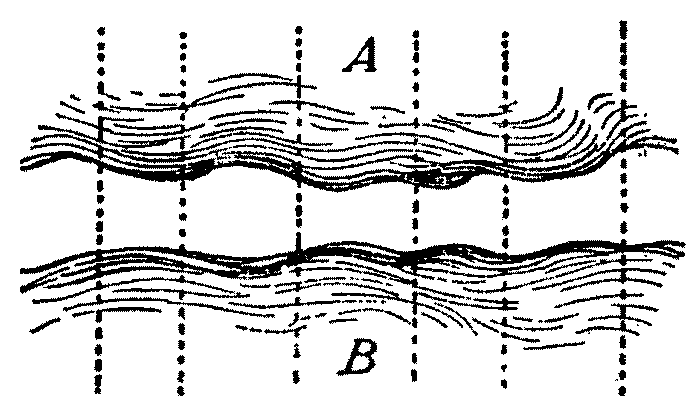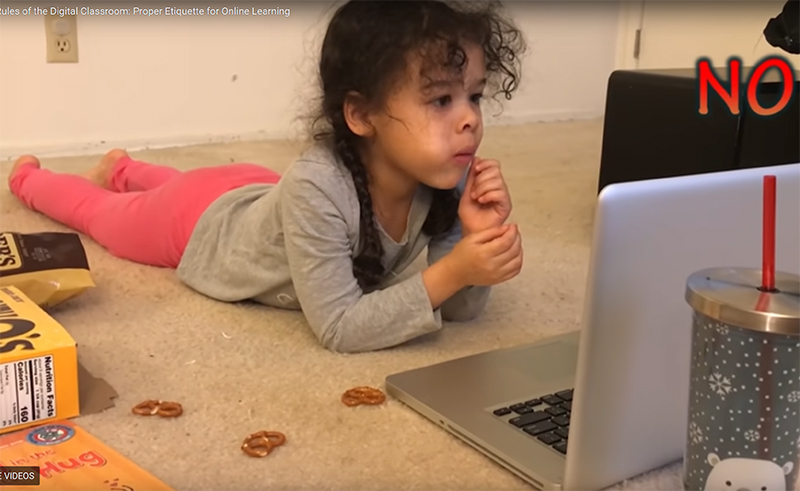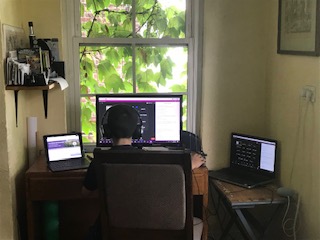Over the past few days I discovered some things that were somewhat new for me that led me to reassemble some older stuff. One piece of this stuff is a popular (though perhaps fringe) passion for “what if…” stories. This passion is often credited to Dick’ The man in the high castle where he explores how people might have responded in the United States if Germany had won WWII and occupied two third of the country. Alt histories kind of fascinate me also as another entry into the wonders (and sometimes horrors) I feel when discovering what human beings have actually done. An alt history is also a thought experiment about human possibilities (as is much science fiction).
In several publications from various part of the political spectrum, I found that this enthusiasm for alt histories was often paired with a discussion of “counterfactuals.” I had never encountered the word/concept but it struck me as something I could do something with. Simply put, a perpetual motion machine is impossible but steam engines have always been possible, even before any human beings thought about them. Steam engines, until late in the 17th century were “counterfactuals.” Traveling near the speed of light is a counterfactual given that we do not have any idea how it might be done. Traveling faster than light is just impossible and this limit may be a physical law.
Chiara Marletto, the theoretical physicist who wrote the book (2021) that is currently making conversations about counterfactuals … factual, does not write extensively about what concern cultural anthropologists but it may be possible to restate some of the most classical disputes in the field in similar terms. Possible words in any language that have never been observed in use would be an example of a cultural counterfactual. So tellus tellas allabouter. The why or whether she looked alloty like ussies and whether he had his wimdop like themses shut. Notes and queries, tipbits and answers, the laugh and the shout, the ards and downs. Now list to one aneither and liss them down and smoothen out your leaves of rose. (James Joyce as quoted by McDermott and McDermott 2010)
For example “aneither” is one among many words James Joyce coined that had never been attested until 1939. At least one anthropologists (or two) have now used the word for what it can do when used for a critique of educational policy (McDermott and McDermott 2010). The concern with possible words never yet observed is an old one in historical linguistic which even developed a way of writing such words: until 1939 “aneither” would have been written *aneither with the asterisk indicating its “counterfactuality.” Of course counterfactual words are produced not only by artists (Joyce, Shakespeare and such) but by about everybody with wit—and often by children “playing” not to mention by people who learn some language late in life.
Closer to the most factual cultural anthropology, the now fact that many Americans cover themselves with tattoos was something of a counterfactual until the 1970s in the United States. Before that only a very few men, sailors mostly, had them but having tattoos was always a possibility given their ubiquity around the world (and even in European history) among many other “techniques of the body.” Even now, tattooing is not quite the same of it may be among the Maori among whom tattoos are totally “factual”—including in the Durkheimian sense. And, of course, they are now factual in Euro-America—as those who do not find them particularly appealing can attest.
One of the other reasons for this post is a comment from students echoing much that has been written by anthropologists of the past half-century on the dangers of “othering.” These were most powerfully stated by Said (1978), I understand the critique, particularly as it applies to 19th century Euro-Americans of the type who drove Boas, Durkheim, Malinowski, etc., to build a whole discipline critical of easy generalizations, if not laws, about human beings. Very obviously, (counter-)factuals in culture imply a position/point of view/bias from which any cultural trait becomes visible to others/us.
Among the many things they brought to the attention to Euro-Americans (who mostly did not listen) where such matters as the reality that tattoos are factual among the Maori and,as I put it today, mostly counterfactual among Europeans. M. Mead followed the same path when she insisted that what she observed among a few Samoan girls be taken seriously by American psychologists (Thorndike?), particularly when they imagined that they could generalize psychological processes by only looking at the people they kept in their labs. On the other side of the Atlantic, Malinowski challenged Freud on the Oedipus complex by insisting the people of the Trobriand should be taken seriously.
The students made their comment after reading Mauss on the Kula ring, the potlatch, and other ways of gifting that are not found among Europeans. I can see it is easy to miss why Mauss picked up on these, as bringing out that some counterfactuals are factual “over there” and thereby can be used to, precisely, challenge the argument that, if something has never been brought out so far among social scientists, then it is impossible. It may also be that students are yearning for what Malinowski called “the natives’ point of view”—a goal that is probably fundamentally impossible (rather than difficult or counterfactual).
This, as far as I am concerned, is one of the points of anthropology: to challenge easy generalization to “humanity” based on the observation of what, without ethnographical accounts of some “other,” would not be noticed to be applicable to only a very limited range of people. This is what Mead once called the “anthropological veto.”
I might even dare to write that yielding this veto is only possible through the “othering” that is a primary tool of anthropologists—or, to stay with today’s theme the veto requires a determined search for what will then, after careful ethnography, cease to be “counterfactuals.” It is a difficult and somewhat dangerous tool to yield appropriately as it is very easy to fall into thinking that one’s one predilections (or dislikes) are more basically interesting. Actually, it is not necessary to travel across the globe to face that which has not yet been observed. One can go around the corner from the university as long as one determinedly look for that which has never been noticed. Many of my favorite recent anthropologists and students have brought such observations from many settings in the United States that had never been noticed before thereby expanding the boundaries of the “possible among human beings”—as well as suggesting how much work it might take to make that which is possible practically impossible here or there.
References
Marletto, Chiara 2021 The science of can and can’t: A physicist’s journey through the land of counterfactuals.New York: Viking.
McDermott, R.P and Meghan McDermott 2010 “‘One aneither’: A Joycean Critique of Educational Research.” Journal of Educational Controversy . 5, 1.
Said, Edward 1978 Orientalism. New York: Pantheon Books.
 Print This Post
Print This Post
 I had always dismissed the easy and common critique for the apparent mentalism of the explanatory paragraph. I always took all this as a model drawn to make us think (…), rather than as the description of a state of being or of some substance. Still, one cannot take Saussure literally when he writes:
I had always dismissed the easy and common critique for the apparent mentalism of the explanatory paragraph. I always took all this as a model drawn to make us think (…), rather than as the description of a state of being or of some substance. Still, one cannot take Saussure literally when he writes: The humans noticed her sticking blades of grass in her ears and this being adopted by other chimpanzees in the same sanctuary, and then passed on in further generations even after she died (Natalie Angier
The humans noticed her sticking blades of grass in her ears and this being adopted by other chimpanzees in the same sanctuary, and then passed on in further generations even after she died (Natalie Angier 
